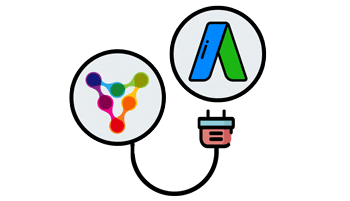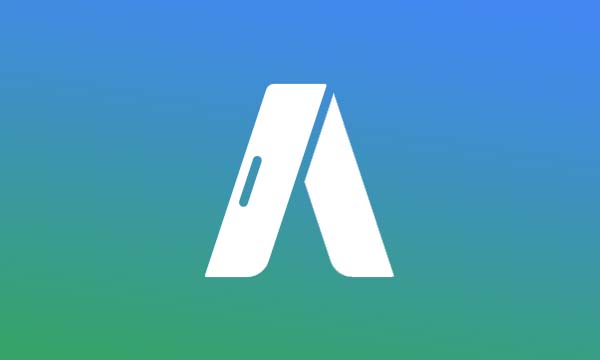Have you ever partaken in a good online retail therapy session and noticed those exact ankle boots you saved in your shopping cart for later seem to be following you around the internet? No, it’s not a sign from the heavens that you should go ahead and treat yourself. But it is a sign of a clever remarketing campaign in progress.
![]()
Remarketing is a great way to reconnect with potential customers at a crucial stage in their customer journey. They’ve visited your website and shown interest in your business but weren’t quite ready to convert. That’s where remarketing comes in.
There are a few different ways you can remarket to your customers but all of them are based on engagement with your business. Once you’ve segmented your audience into lists, you can upload these lists to remarketing channels such as AdWords or Facebook who will then help you serve targeted ads to these customers depending on their type of engagement.
With our Google AdWords integration, your lists are automatically synced between the Vision6 platform and AdWords, giving you more time to focus on ad content rather than managing lists. Setting up your remarketing campaign through Vision6 also means you’ll be able to save money by targeting your ads to the relevant audience quicker.

So before we get started with setting up a remarketing campaign, please make sure that your website privacy policy adheres to Google’s requirements. This satisfies Google’s terms and conditions but it is also good practice for customer-centric businesses to be transparent with their customers on how they are using their data.
Step one | Start with clean data
For remarketing campaigns to work effectively, you need to be sure that the audience in your target lists are legitimate potential customers. If your website traffic is high, but your conversion rate is low, then you may have a quality issue on your hands. Conversion rates around 2-10% are about average for most businesses. Anything above that is excellent and anything below that is quite poor.
Low-quality traffic could be caused by a number of things but the most common reason is that visitors are not getting what they expected from your website so they leave before converting. The site might be difficult to navigate, the content might be irrelevant or perhaps the site load time is just too slow.
Once you have addressed these issues, you can begin remarketing activities to encourage website visitors to return to your website and boost your conversions even further.
Step two | Reach potential customers where they are
The most common target audience for remarketing is non-converted customers. These are the people that have engaged with your website but haven’t made a purchase or signed up for your service.
The team over at Stead Lane recently shared a remarketing success story with us where they targeted potential customers on social media for their client, a leading national health food brand. “The goal was to increase online sales, so we targeted email subscribers and recent website visitors that had not converted through social media,” Managing Director, Flynn McFarlane, explained.
“By reaching out to potential customers on a platform we knew they were using, we were able to take our Return on Ad Spend from 1,100% to 2,400% in this remarketing campaign.”
Remarketing is simple with social media channels such as Facebook. Once you’ve implemented a Facebook pixel on your site, Facebook will build audiences based on their activity on your site and you can select those audiences for your ads. The audiences remain anonymous to protect their identity, but if you set up your Events correctly, you can be sure that you’re targeting the right people.
Step three | Send the right message
Once you know your audience, you need to give them an incentive to come back to your website and convert. They may be after more information on your product or service, so perhaps a relevant blog article or whitepaper may help. Another tactic is to create a sense of urgency with a limited time offer. This works quite well in the event space, reminding website visitors that tickets are selling fast.
Another example from Flynn at Stead Lane is sharing a discount code or promotion to encourage potential customers to make a purchase. “For one of our retail clients, we utilised Facebook ads to serve a discount code to customers who had reached the checkout but hadn’t purchased,” said Flynn. “We’ve found this type of incentive-driven remarketing campaign works exceptionally well for our e-commerce clients.”
Step four | Avoid ad fatigue
In AdWords, implementing frequency capping allows you to limit the number of times your remarketing ads are displayed to an individual. While we know that it is valuable to have multiple touch points to support the customer journey, it’s important to not go overboard and risk pushing potential customers away because of ad fatigue. At Vision6, we’ve found the sweet spot is around 3-5 times per day for our customers but, as always, test your AdWords campaigns to see what works best for you.
Excluding or suppressing particular customer lists is another way to maximise your remarketing results. If you have a remarketing campaign targeting new customers that have visited your site, you may want to offer an exclusive offer to entice them back to make a purchase. To get the most out of your campaign, exclude your existing customers from being served the ad so all of your spend is focused on those that haven’t converted yet. It cannot be relied upon 100% in remarketing platforms like AdWords and Facebook, but it’s enough to be effective.
Step five | Don’t forget your existing customers
To keep your existing customers happy, treat them like VIPs. With remarketing, you can serve your valued customers ads that give them exclusive access to content or, in this example, early bird tickets to an event.
For EMSA this year, we used AdWords to serve an “early bird” ticket offer to our existing customer database. Using the Vision6 platform in conjunction with AdWords, we were able to schedule content to be shown at particular times to particular customer lists. We used a series of ads in the same way that we set up email automation, scheduled and designed as a countdown to add a sense of urgency to the early bird campaign. Our strategy included SMS and email communications in conjunction with AdWords to ensure we had multiple touch points to amplify the message.
Ready to increase website conversions with your next remarketing campaign? Sign up for a free trial with Vision6 and get started today.


